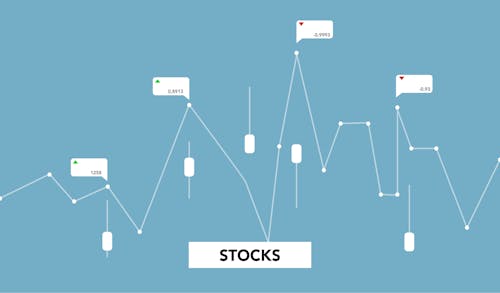Market Review - Better Days Ahead

Image Source: Pexels
After a September swoon, the S&P 500 rallied back to its high. This year it has closed at a new high 56 times, surpassing the 1995 number. Times are good.
Then came September. When the market falls as it did in September one can always point to fundamental reasons. Changing views on the Covid-19 delta variant, Evergrande, economic growth, taxes, debt, deficits, inflation, and future interest rates explain some of the selling. Inflation is most important.
For the record, the Fed has not changed its position that today's high inflation will be transitory, but that might change. The September report showed a 5.4 percent annual inflation rate and a 4 percent “Core” rate. The Core inflation rate doesn't cover food and energy items. So if you don't drive to the supermarket to buy food, inflation is tamer it would seem. Not exactly. A 4-5 percent year-over-year inflation rate was unacceptably high not long ago. Don’t expect lower gas prices from here. The storage of oil at the Cushing hub is within two weeks of zero. It’s the opposite of April 2020 when storage was full and oil futures dropped below zero. When it comes to prices at the pump, expect more inflation.
A recent survey by the New York Fed found that consumers expect inflation to be four percent in the years ahead. That's not a good sign because expectations influence current prices. For its part the Fed expects inflation to be 4.2 percent this year and 2.2 percent in 2022. If they are right, always a chance if not a likelihood, interest rates will remain low. If not, expect the 10-year Treasury yield to rise above 3 percent. Not good, but not a problem for stocks. The S&P 500's movement this year is misleading. Five stocks of the 500 (Facebook, Apple, Microsoft, Amazon, and Google) account for 21 percent of the index. The S&P 500 is behaving more like the Nasdaq Composite instead of an index that represents “the market”. If you look at large-cap value indexes, mid-cap indexes, and small-cap indexes you’ll see that stocks have drifted since April. After a brief round of selling in September, the "buy the dip" crowd stemmed the selling and provide the fuel for a rebound.
There is still a massive amount of money on the sidelines earning close to (or literally) nothing. Some people must find the 10-year Treasury's 1.64 percent yield attractive. I do not. With inflation bonds with such low yields will be significant losers. That leaves stocks, the best asset class. November, December, and January are historically strong. There are better days ahead.
Disclaimer: David Vomund is an independent investment advisor. Information is found at vomundinvestments.com or by calling 775-832-8555. Clients hold ...
more










